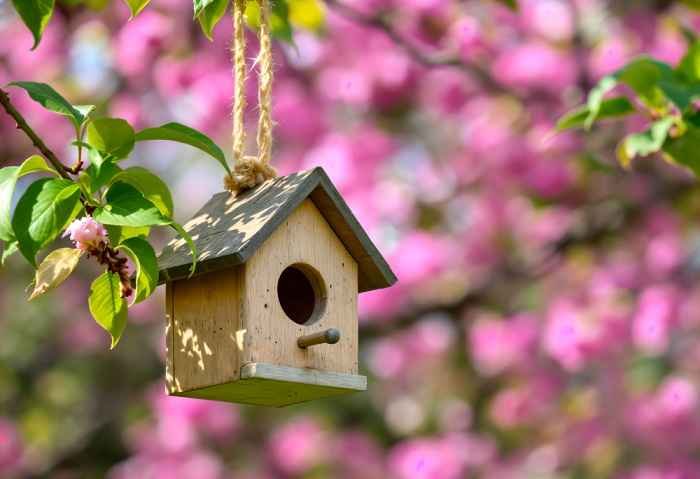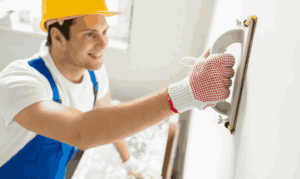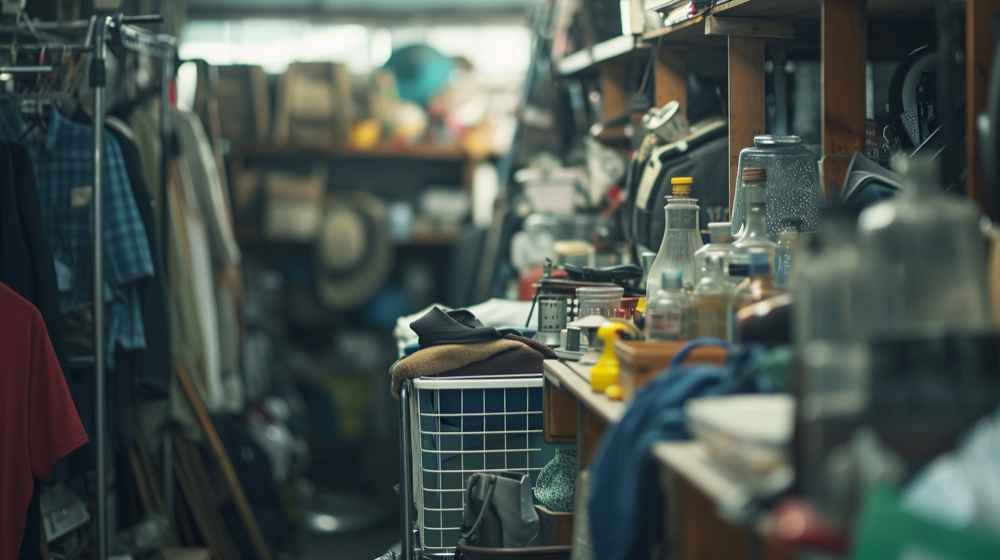When to Put Out Hummingbird Feeders
Hummingbirds are some of the most captivating creatures in nature. Their vibrant colors, quick movements, and unique ability to hover make them a joy to observe. To attract these tiny birds to your garden, putting out feeders with specially prepared nectar is one of the best strategies. But timing is everything. In this article, we’ll explore when to put out hummingbird feeders, how to care for them, and tips for helping hummingbirds thrive.
The Best Time to Put Out Hummingbird Feeders
The timing for putting out hummingbird feeders depends on your location and the species of hummingbirds that migrate through your area. Here’s a general guideline:
- Southern Regions (e.g., Southern U.S., Mexico):
- In warmer climates, where hummingbirds may spend the winter or arrive early, you can put out feeders as early as February or March.
- Central and Midwestern Regions:
- For most parts of the U.S., especially the Midwest and central states, feeders should go out by mid to late March or early April, when migration begins.
- Northern Regions:
- In colder climates, such as the northern U.S. and Canada, hummingbirds typically arrive later. Aim to set up feeders by late April or early May.
- Year-Round Feeding (Warm Climates):
- If you live in a region where hummingbirds stay year-round, like parts of California or Florida, keep feeders out all year. Just ensure the nectar remains fresh and feeders are clean.
How to Track Hummingbirds’ Arrival
To be more precise about when to put out your feeder, consider:
- Migration Maps: Online resources like the Hummingbird Central migration map track the birds’ movements and help you anticipate their arrival.
- Local Observations: Keep an eye on your garden or neighborhood. When the first flowers bloom or when others report sightings, it’s time to hang your feeder.
Tips for Attracting Hummingbirds
Once you’ve set up your feeder, follow these tips to create a welcoming environment:
- Use the Right Nectar Recipe:
- Mix one part white granulated sugar with four parts water to mimic the natural nectar found in flowers. Avoid using dyes or honey, as these can harm hummingbirds.
- Place Feeders Strategically:
- Hang feeders in shady spots near flowers or shrubs. This provides birds with a safe, comfortable feeding area and protection from predators.
- Keep Feeders Clean and Full:
- Clean your feeders regularly (about once a week, or more often in hot weather) to prevent mold and bacteria growth. Replace the nectar every 2-3 days, especially in warm climates.
- Plant Native Flowers:
- Complement your feeder by planting native, nectar-rich flowers like trumpet vine, bee balm, or salvia. These plants naturally attract hummingbirds.
- Provide Water and Shelter:
- Offer a shallow water source or misting station, and ensure nearby trees or bushes provide shelter for resting and nesting.
Why Timing Matters
Putting out feeders too late may mean missing the opportunity to attract early migrators. Hummingbirds rely on nectar sources to fuel their long journeys, and a feeder can be a lifesaver when flowers are scarce. By planning ahead, you can help ensure these tiny travelers have the energy they need to thrive. Plus, early feeders increase the chance of these birds returning to your yard year after year.
Conclusion
Knowing when to put out hummingbird feeders is key to enjoying the beauty of these incredible birds. By timing your feeder placement to match their migration patterns and maintaining a clean, welcoming environment, you can support hummingbirds while enjoying their visits all season long. Start preparing your feeders today and get ready to welcome these magical creatures to your garden!
For more, visit our website, Homthreads






